North Kitsap School District Guest Blog: Our Experience with Continuous Learning
By Dr. Laurynn Evans, Superintendent, North Kitsap School District
Guest Blogger

I often tell my team that vulnerability is at the heart of strong leadership. And so, I will begin by being very honest and vulnerable about our experience with continuous learning. We were caught squarely behind the 8-ball when March 13th came along. We were nowhere near ready to stand up learning at a distance or a virtual continuous learning model. While our voters supported us in 2018 with the passage of a Capital Levy, much of which has been devoted to technology improvements, we were digging out of a very serious technological hole. The prior ten years had seen year-over-year cuts to technology, which had left our district short on devices and devoid of instructional technology integration/implementation.
In the days following the Governor’s directive to close all schools, we stood up childcare for our front line healthcare workers and we set up grab-and-go meal service, ultimately serving well over 10,000 meals/week, to ensure we met basic needs for our families. Fortunately, we had devoted a significant portion of our 2018 capital levy dollars to purchasing student devices, which meant we were able to issue almost 1,000 devices out to students, meeting every single request we received. This significantly helped ensure that all students had the opportunity to continue their learning at home. We partnered with our utilities district and internet providers to establish access to broadband services for all families who identified this need. Read More

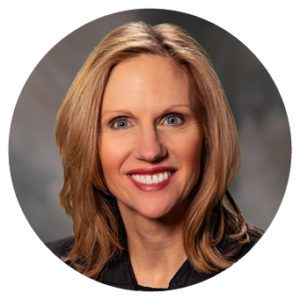 In our podcast, we interview policymakers, partners, and thought leaders to spotlight education policies, research, and practices so that together we can create a brighter future for every Washington student.
In our podcast, we interview policymakers, partners, and thought leaders to spotlight education policies, research, and practices so that together we can create a brighter future for every Washington student.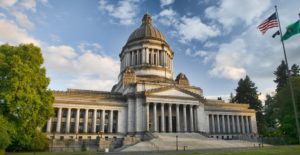 The end of the 2020 legislative session saw the legislature and other state leaders working rapidly and tirelessly to address the spreading COVID-19 pandemic in our schools and communities. We are incredibly grateful for the efforts of our public officials and public servants in these uncertain times to ensure that our communities are safe, and our most impacted students and families get the support they need.
The end of the 2020 legislative session saw the legislature and other state leaders working rapidly and tirelessly to address the spreading COVID-19 pandemic in our schools and communities. We are incredibly grateful for the efforts of our public officials and public servants in these uncertain times to ensure that our communities are safe, and our most impacted students and families get the support they need.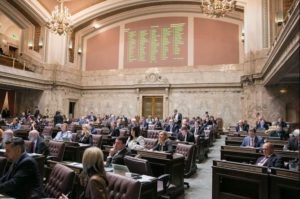
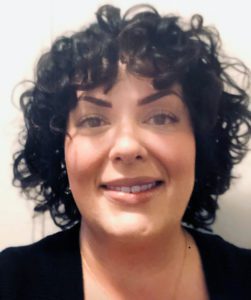 In our podcast, we interview policymakers, partners, and thought leaders to spotlight education policies, research, and practices so that together we can create a brighter future for every Washington student.
In our podcast, we interview policymakers, partners, and thought leaders to spotlight education policies, research, and practices so that together we can create a brighter future for every Washington student.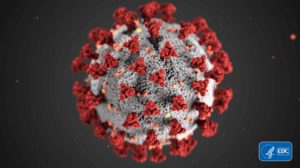 Dear Friends,
Dear Friends,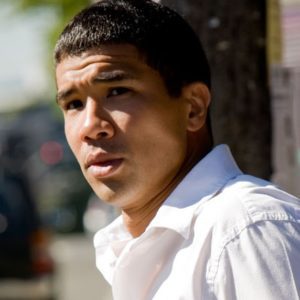 In our podcast, we interview policymakers, partners, and thought leaders to spotlight education policies, research, and practices so that together we can create a brighter future for every Washington student.
In our podcast, we interview policymakers, partners, and thought leaders to spotlight education policies, research, and practices so that together we can create a brighter future for every Washington student.